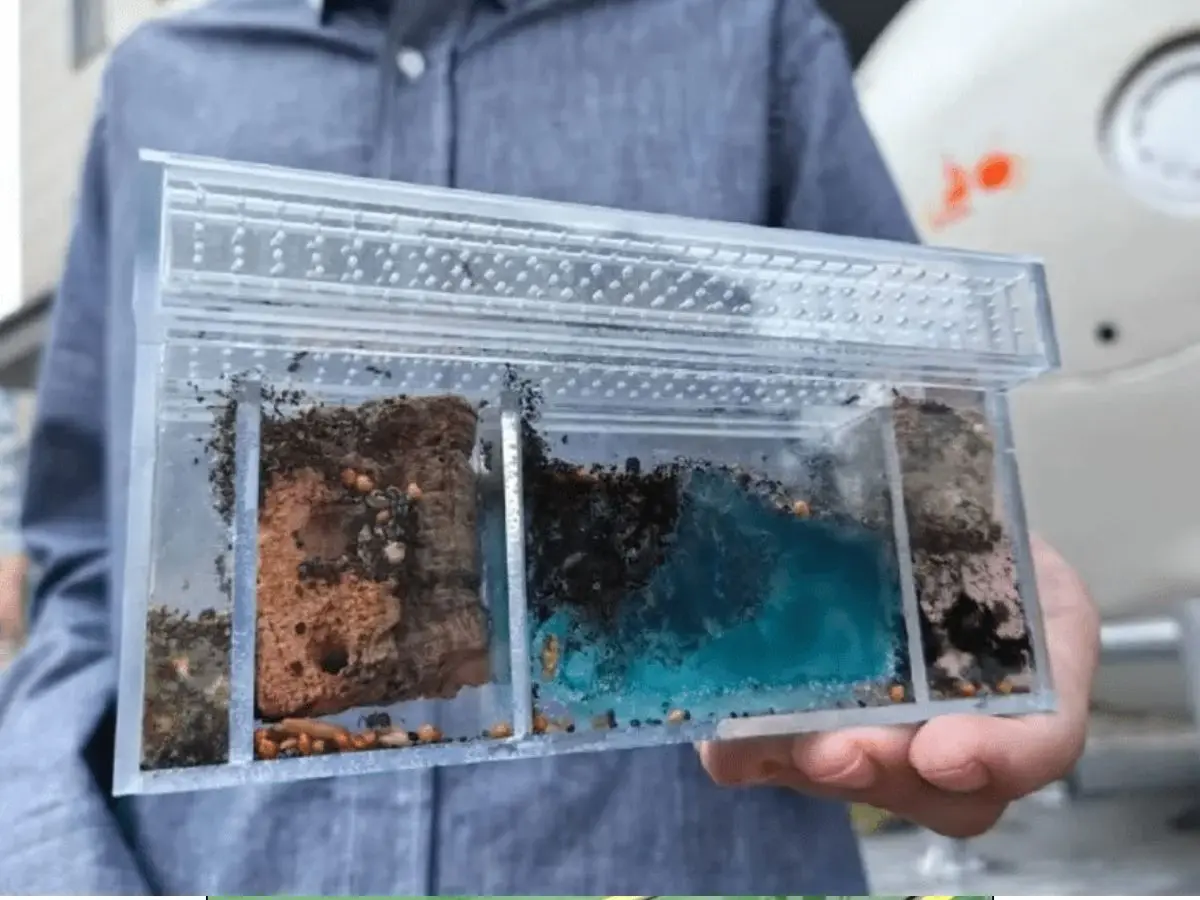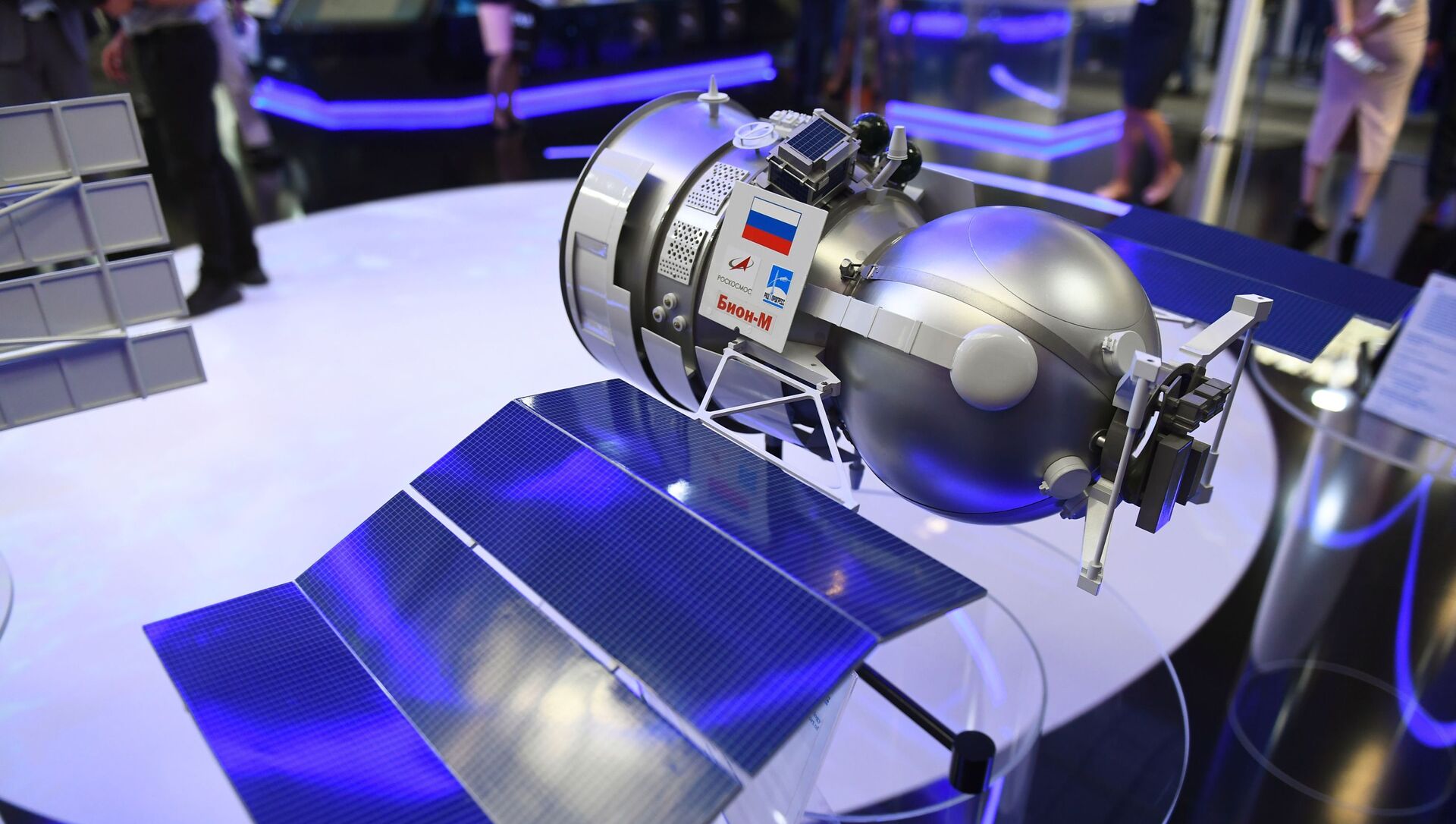Russian Sent Fruit Flies to Space, Why This Matters
Russian sent fruit flies to space as part of the Bion-M No. 2 mission, launched aboard a Soyuz rocket from Baikonur Cosmodrome in Kazakhstan. Alongside 1,500 fruit flies, the biosatellite carried 75 mice, plants, and microorganisms for a 30-day research program. The mission highlights Russia’s long-standing commitment to biological space research, with critical applications for human health in deep space.
Bion-M No. 2: Russia’s Space Medicine Mission
The Bion-M No. 2 biosatellite builds on the success of Bion-M No. 1 (2013). It investigates how space radiation, microgravity, and vacuum conditions affect living organisms. This research helps scientists understand astronaut health risks during missions to the Moon and Mars.
Lunar Simulants and Future Moon Construction
In partnership with the Vernadsky Institute of Geochemistry, scientists added lunar dust simulants to the mission. These materials, exposed to space radiation and vacuum, will provide valuable insights for building safe lunar bases in the future.&imwidth=800&imheight=600&format=webp&quality=medium)
&imwidth=800&imheight=600&format=webp&quality=medium)
Radiation Susceptibility Research in Space
One key focus is studying how microgravity changes radiation sensitivity. By observing fruit flies and mice in orbit versus Earth-based control groups, scientists can adjust astronaut medical support for deep-space travel.
Why Fruit Flies and Mice Were Chosen
- Fruit flies (Drosophila): Fast life cycles make them ideal for tracking generational changes.
- Mice: Their genetic similarity to humans makes them excellent models for biomedical research.
Russian sent fruit flies to space not only because of their size but also because of their proven use in space biology experiments worldwide.
Real-Time Space Health Monitoring
The mission features camera systems, sensors, and implanted chips to monitor rodent health in real time. Data on feeding, waste management, and behavior will be transmitted back to Earth for detailed analysis.

Preparing for Human Deep-Space Flights
This mission is vital for future Mars and Moon expeditions. Operating in a 97° inclination orbit, Bion-M No. 2 exposes its passengers to 30% higher cosmic radiation than standard near-Earth orbits. The data will help develop safer medical systems for astronauts traveling beyond Earth. Also Read: Jeff Bezos 5 Shocking Secrets That Changed His Billionaire Journey Forever
Conclusion:
The Bion-M No. 2 mission proves that Russian sent fruit flies to space not just as a symbolic gesture, but as a serious step in preparing humanity for deep-space exploration. By studying fruit flies, mice, and lunar simulants, Russia continues its tradition of pioneering biological space research with real-world benefits for science, medicine, and future astronauts.

